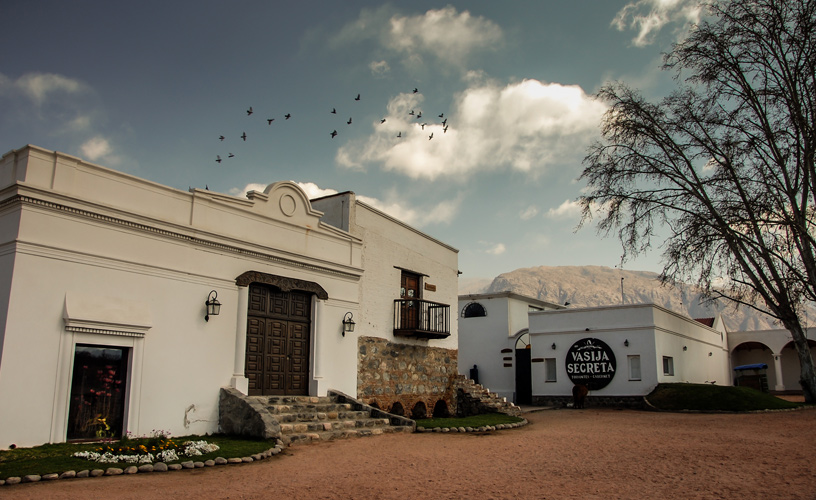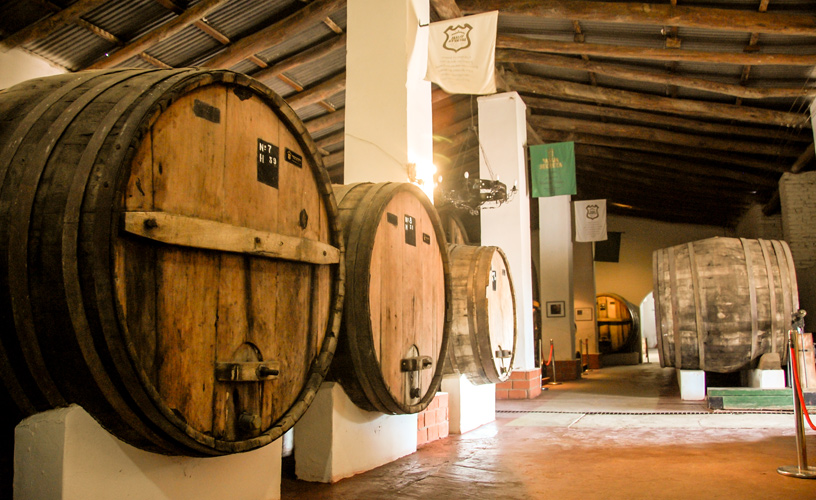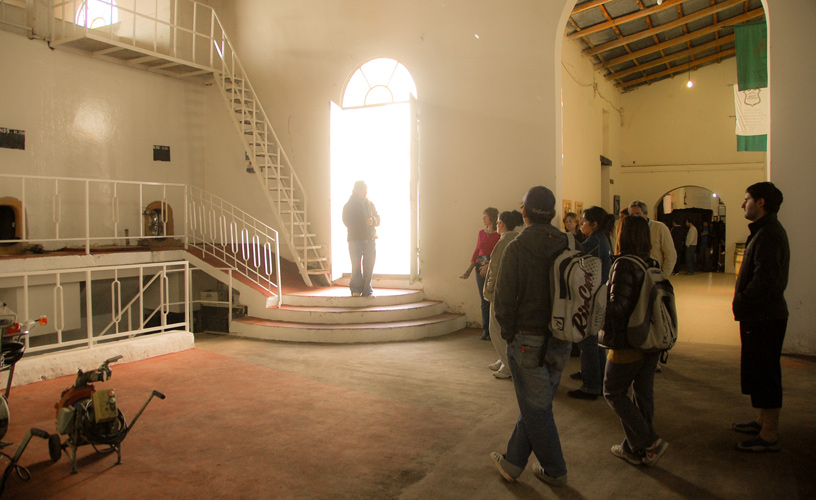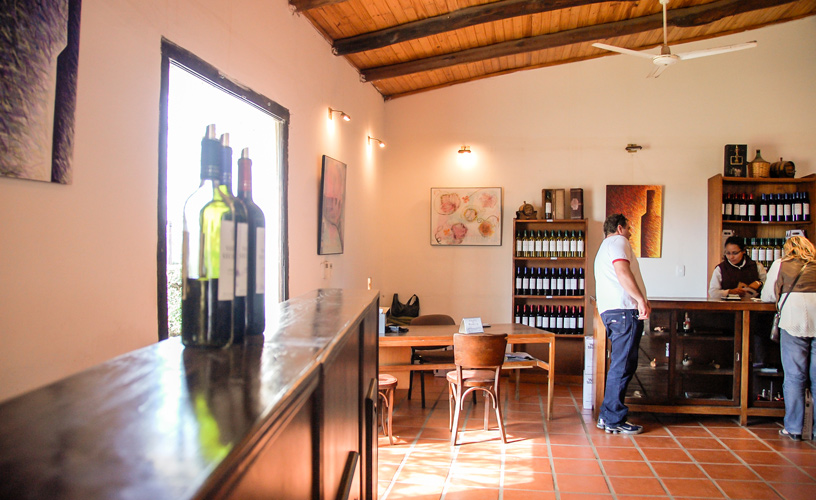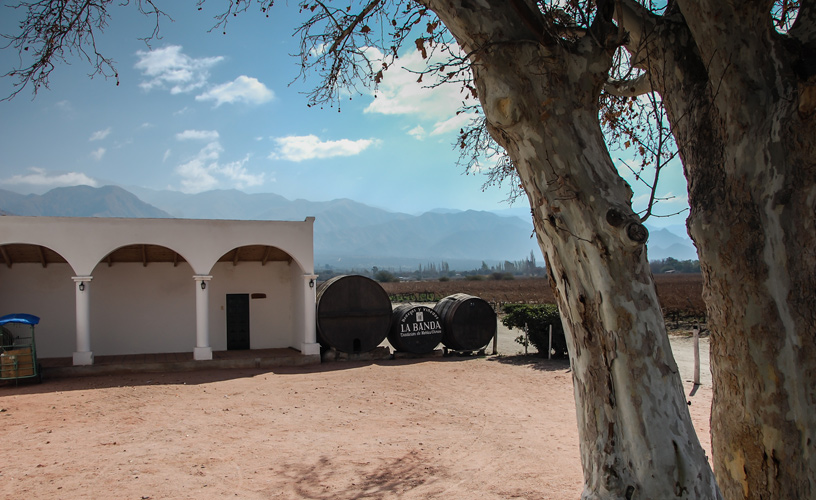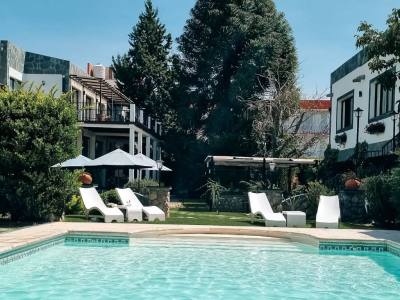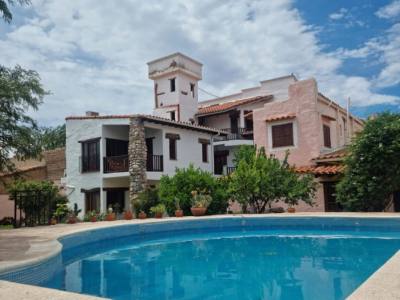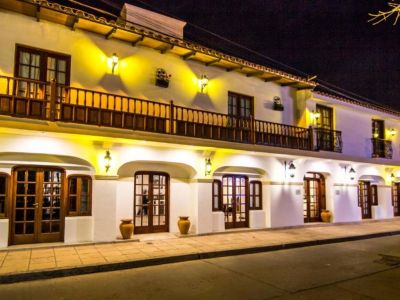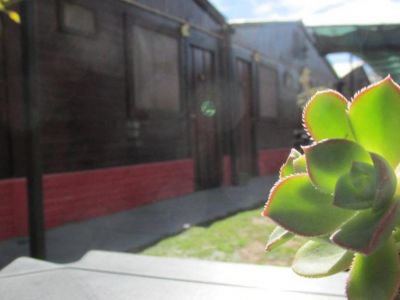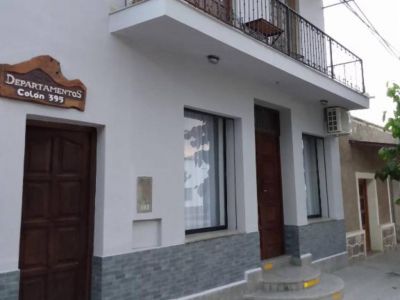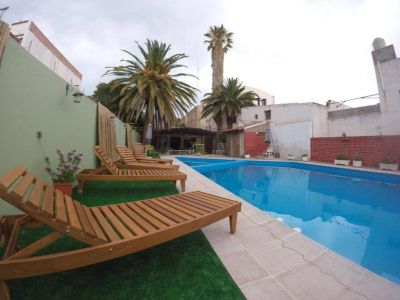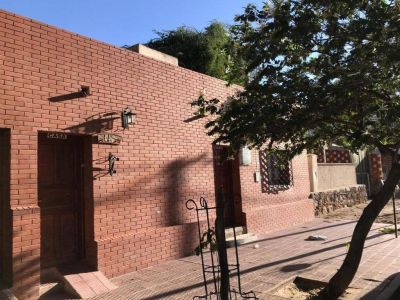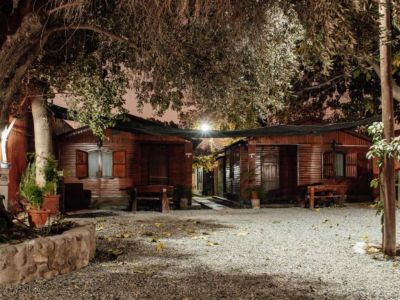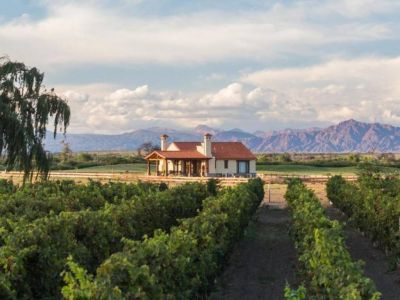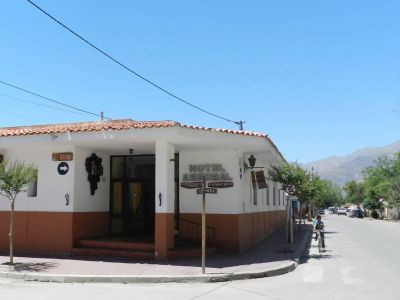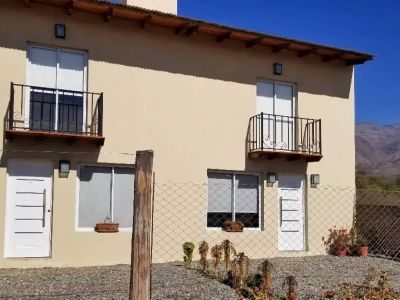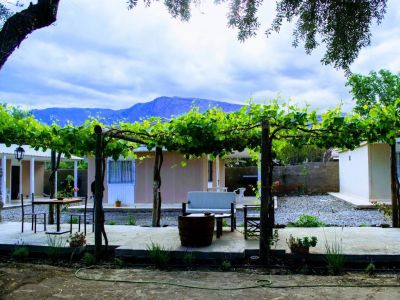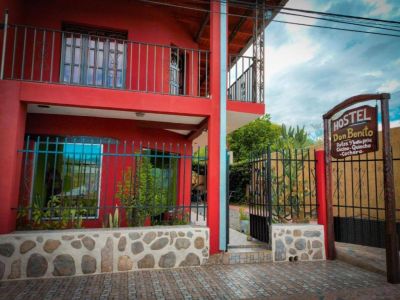No sooner did we enter Vasija Secreta Winery than we could perceive its wine-growing past. We were welcomed by the Wine Museum, a show of the origins and transformations experienced by this industry that used to be a craft till today. Old elements used to make wine, such as filters, wine press and scales, remain as relics of the most ancient venue in the Calchaquí Valleys. In spite of having changed its name, it is still known as La Banda Winery.
Visiting Vasija Secreta Winery
We crossed the different rooms and saw that even if there are mechanical resources, some of the phases are still carried out by hand. Vieja Vasija specializes in the making of Torrontés wine, taking advantage of the dry environment with plenty of sunshine and the right among of humidity under the roots of its white grape vineyards. Likewise, crimson grapes are grown, but to a lesser scale.
The harvest takes place between February and April. Once destemmed, the grapes are put in large pools made of concrete where the juice is fermented. White grapes are separated from crimson grapes. The latter are crushed with their skin, so that the red wine may acquire its tone and flavor.
The stabilization, decantation and clarification stages follow. Afterwards, the Torrontés variety goes through filters and is bottled as a young wine. Red wines go through wooden barrels to absorb tannins and age. Bottling is done mechanically. Corking and labeling, however, are done by hand.
Mónica Pons
Eduardo Epifanio
Contact of the excursion or tour
Antigua Bodega Vasija Secreta
Ruta Nacional 40 s/n, Cafayate, Salta, Agentina
Phone: +54 387-4010135
